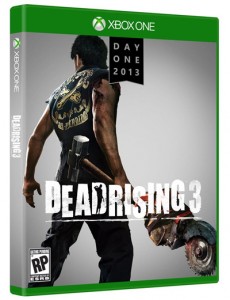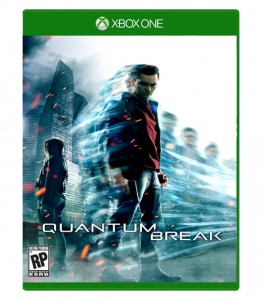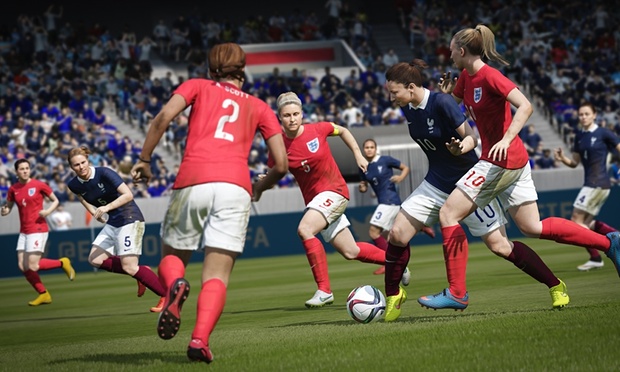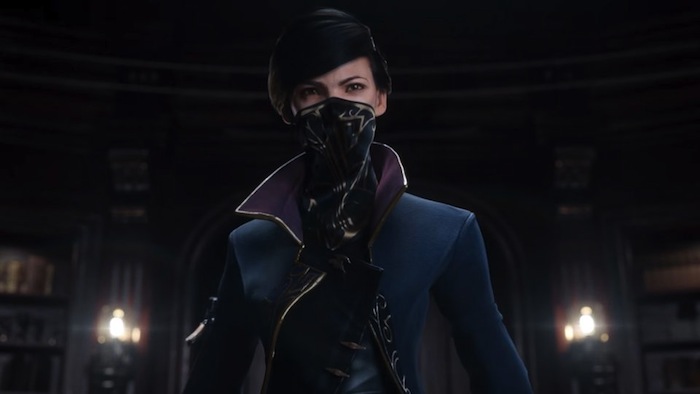For the next phase of my research on game covers, I initially planned to look at this year’s releases, but found myself instead falling through an Internet black hole and browsing the listings for the next generation releases. After I was done calculating all the money I would need to buy the things that seemed interesting (hint: it was a lot), I thought, why not look ahead to gaming’s near future instead? I can always look at this year’s releases later, but what, if anything, might change as we look into the brave new world of the next generation?
Spoiler: not a lot.
To compile my list of next-gen titles, I looked at the top twenty games under “new and popular” on Amazon for the PlayStation 4 and Xbox One. After cutting out duplicates, I came to this list of 25 titles between the two new consoles:
1. Assassin’s Creed IV: Black Flag
2. Call of Duty: Ghosts
3. Killzone: Shadow Fall
4. inFAMOUS: Second Son
5. Destiny
6. Ryse: Son of Rome
7. Battlefield 4
8. Knack
9. Madden NFL 25
10. FIFA 2014
11. Thief
12. Kinect Sports Rivals
13. Watch Dogs
14. Titanfall
15. Dead Rising 3
16. Quantum Break
17. The Division
18. Elder Scrolls Online
19. NBA 2K14
20. Need for Speed Rivals
21. DriveClub
22. Lego Marvel Super Heroes
23. The Order: 1886
24. Kingdom Hearts III
25. Dying Light
26. Forza 5
Now, for some of these, the cover art we’re seeing may not be the official, final art, and all covers for next gen will be revisited before final research is compiled for analysis. This is important, because a lot of these covers are stark, featuring only logos or a single image, which is certainly becoming a more popular trend, but may not be as ubiquitous as it is right now when some of these covers may be placeholders.
Also worth noting: Several of these titles are being released for Xbox 360 and PS3 as well, so we can hardly call them next gen titles, but they are still among early releases for the systems, and so part of the marketing push.
Without further ado, here are the stats:
Figures:
51
For this statistic, I counted figures with discernible features. When in doubt, I erred against including. For example, DriveClub includes a figure whose face and body are blocked, but one can make out the edges of the figure. I did not include that one, nor did I include the extra deep background figures on the covers of Dying Light or Kinect Sports Rivals. Even so, for a list that includes so many figure-free covers, this is a high number of figures on covers.
Nonhuman figures:
7
I included no one from Lego Marvel Heroes for this, as they are primarily human-shaped and tend to have human interactions, but did include several characters from Knack, for instance, and from a few other games. Nonhuman figures open new lines of inquiry, after all.
Featureless/helmeted figures:
4
Here I include the characters from Destiny and Titanfall, though did not remove such individuals as Iron Man, because we tend to have formed images of Tony Stark sans suit that are inseparable for many from Iron Man-in-suit.
Female figures:
5
Gender-ambiguous figures:
2
Here the statistics begin to grow interesting. Only five of the 51 figures are clearly female, and one of those is only a strip of face, only a feminine set of eyes looking out; were we to remove her, we would be left with only four clearly female figures. There are two others we might include, as they are not unmistakably female, but the pose/stance and shape seems to indicate femininity, and that would raise the number of female figures to six. Still quite low, considering the high number of figures on these covers — and worse still when we take into account that two of those are from the cover of Kinect Sports Rivals. Yes, the new Kinect Sports provides fully one third of the female figures represented on next generation game boxes.
 People of color:
People of color:
4
Only four figures are clearly people of color here — two on the Kinect Sports Rivals box, and one each for Madden 25 and NBA 2K14. We have established Leo Messi, the cover athlete for FIFA 14, as a gray area on this statistic before, though he looks more like a person of color in the next gen covers. Nick Ramos of Dead Rising 3, however, has been whitewashed a bit to my eyes. While he is celebrated as a Hispanic lead, we see him here only from the back, and while his Los Perdidos vest might give some clue of his origins and ethnic makeup, there is little else in his pose and hint of face that identifies him clearly as a person of color. So at most, if we’re feeling generous, we might mark six persons of color, out of 51 figures total.
Number of butts facing the camera:
12
My favorite statistic! I’ve discussed this phenomenon before, and while I’m sure this pose would be defended as an attempt at pre-play immersion (enter the character, and thus the game; see things through their eyes), the reality is that it affords a way to sexualize female characters in a more subtle manner and allows covers to present male characters as strong and capable. Nick Ramos has his back to the camera, and his rear end is covered by the game’s logo, so we only see his muscles, his brutal weapon, his wound — signs of strength. In an alternate cover, his butt is shadowed, half-covered by the sledge hammer end of his weapon, and further obscured in his baggy pants.  All three of the figures on the Destiny cover are facing forward — that is, away from us, if we are looking “into” the picture — but the only one with an uncovered butt is the one that seems female to me, from the figure’s shape. Quantum Break presents us with a male figure face-on, and a female figure with her back to us, butt in full view in tight jeans, head turned so we can see her face.
All three of the figures on the Destiny cover are facing forward — that is, away from us, if we are looking “into” the picture — but the only one with an uncovered butt is the one that seems female to me, from the figure’s shape. Quantum Break presents us with a male figure face-on, and a female figure with her back to us, butt in full view in tight jeans, head turned so we can see her face.
So the verdict, thus far? If anything, this early lineup for the next generation of consoles is worse than the last few years of this generation, at least when it comes to covers. The assumption may be that the early adopters are the “hardcore” gamers, the young, primarily white men who are conventionally thought of as gaming’s most dedicated audience, but if these are already the most dedicated market, why not try to open new channels and pull a different, wider audience in early on? Why keep pushing the same butt-shots and white faces? Suddenly I find I am less hopeful for the future of gaming, at least so far as inclusion goes, but it will be fascinating to revisit this aspect in a year or two, to see if next generation can bring about any change once the dust settles.




